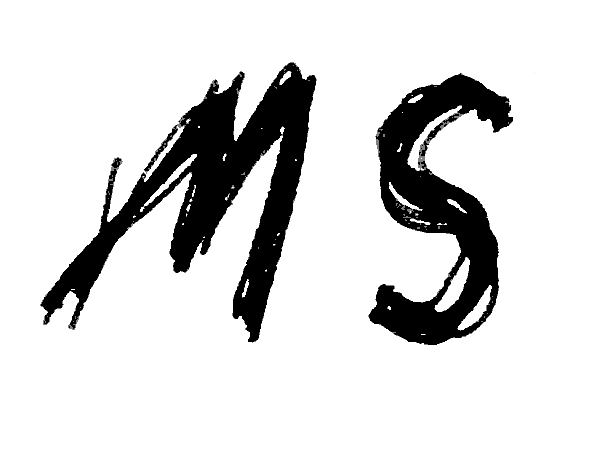Geometric
Paintings: Acrylic on Canvas.
This series of paintings started with a fascination with vision and how seeing is not necessarily a function of the eyes, but of the “soul”; what we see is not just a function of what is out there, but in large part is influenced by what’s going on in our minds. It’s tempting to see our vision as a biological movie projector, sending images to our brain via our retina; however, this is over-simplified. Our vision, as humans, is an active process, and largely guided by what we already know about the world.
With this idea of vision guided by past, I play with both geometry and color to create a series of paintings that involve the viewer, unwittingly, in the process of making the art by: 1) allowing the viewer’s expectations to add continuity and order to the paintings and 2) to coerce the viewer into seeing contours and value variations that don't actually exist. In this regard, of creating illusion, my paintings are no different than other paintings, even those of the renaissance masters. Take a look at the digitization of Holbein’s The Ambassadors (1533):
What’s most striking about this painting (other than the skull), is the illusion that one is looking at real objects, silk, furs, velvet, marble, and tapestries. The painting is amazingly dimensional and touchable, as if all one needs to do is reach out to hold any of the objects. We get a sense of all of hours of work by the craftspeople (tailors, furriers, jewelers, etc) involved in the making of all of the objects. Without a doubt, remarkable, no?
In the end, this is what a lot painting (especially oil painting) is about - creating the sense of depth and place (even if the “place” is not part of this world) on a two dimensional surface. My paintings attempt similar feats, although my focus is not on making some subject realistic and dimensional, but, rather about making the illusion created by the colors and lines the focus. I want viewers to focus on the illusion, not the subject created by an illusion.
The paintings in this series appear completely different, depending on the distance from which they are viewed (best hung in a room that allows viewers to be at least 15 feet away and to move up close to the painting). Close viewing reveals lines that aren't quite straight, colors that are flat and monotone and subtle imperfections on the surface of the canvas. But when viewed from further away (as quickly as 5 feet from the surface), the piece begins to shade itself (colors are surrounded by higher values on one side and lower values on the other, causing the eye to perceive a value gradient and contours that are not actually present). Additionally, when viewed at a distance, the repeated geometric shapes create lines and depth that are otherwise not perceived at close quarters.
Black/Purple/Blue/Red Square
$9,250.00
Acrylic on canvas
Size of framed art: 66.5" x 66.5"
Size of canvas: 64" x 64"
The painting comes with a wooden float frame finished with a high-gloss, black enamel.
Red/Blue Diamond
$9,250.00
Acrylic on canvas
Size of framed art: 68.25" x 68.25"
Size of canvas: 66" x 66"
The painting comes with a wooden float frame finished with a high-gloss, white enamel.
Black/Red Circle
$9,250.00
Acrylic on canvas
Size of framed art: 68.25" x 68.25"
Size of canvas: 66" x 66"
The painting comes with a wooden float frame finished with a high-gloss, white enamel.
Yellow/Blue Star
$9,250.00
Acrylic on canvas
Size of framed art: 68.25" x 68.25"
Size of canvas: 66" x 66"
The painting comes with a wooden float frame finished with a high-gloss, white enamel.










